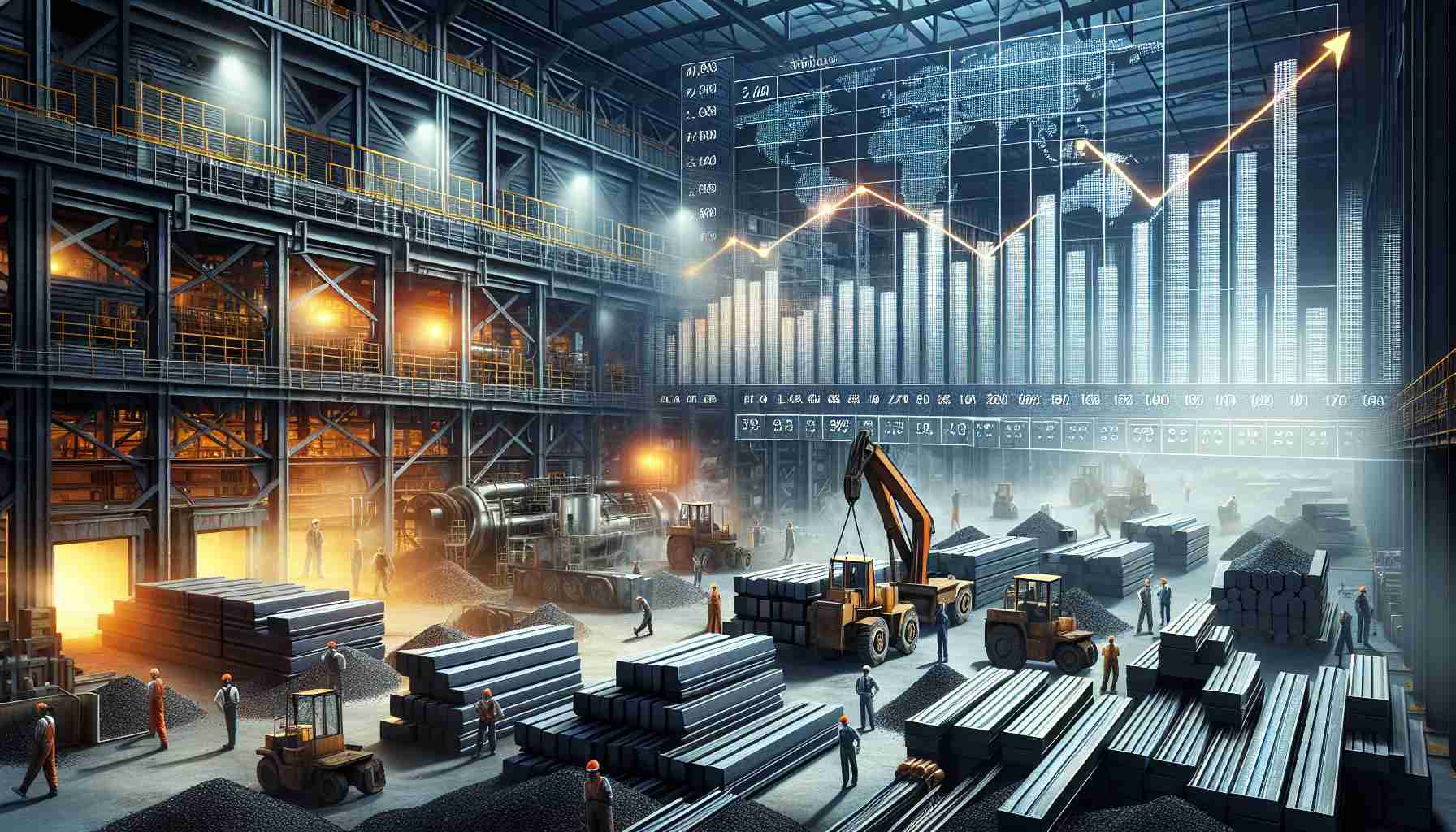The finite nature of Bitcoin has always been a topic of intrigue and concern for cryptocurrency enthusiasts and investors alike. The pressing question remains: will Bitcoins really run out? The answer is a bit more complex than a simple “yes” or “no.”
Bitcoin, the pioneering cryptocurrency created by the enigmatic Satoshi Nakamoto, is hard-coded with a strict supply limit of 21 million coins. This means that once 21 million Bitcoins have been mined, no new Bitcoins will ever be produced. As of now, roughly 19 million Bitcoins have already been mined, leaving just about 2 million left to be discovered.
The predictable and diminishing supply of new Bitcoins ensures that it won’t suddenly run out, thanks in part to the process known as “halving.” Every four years, the reward for mining new blocks is cut in half, slowing the rate at which new Bitcoins are introduced into circulation. The last Bitcoin is projected to be mined around the year 2140.
While no new coins will be created after this point, it’s important to note that Bitcoins will not become unusable. Transactions will continue to occur, and miners will still have an incentive to maintain the network through transaction fees. The limited supply is seen as a feature, designed to create scarcity similar to gold and other precious resources, potentially sustaining or increasing value over time.
In conclusion, while the creation of new Bitcoins will eventually cease, the cryptocurrency was designed with this outcome in mind. Understanding the implications of this limit is essential for anyone venturing into the world of Bitcoin.
Bitcoin ‘D-Day’: Will Cryptocurrency’s Finite Supply Shape Our Future?
Bitcoin’s capped supply of 21 million coins adds layers of intrigue and speculation in the crypto world, but what does it mean for individuals and economies once we hit the limit? The idea extends beyond mere scarcity; it introduces implications that might reverberate through financial systems worldwide.
Could Bitcoin Crash Due to Scarcity? The hard limit on Bitcoin raises concerns about potential bubbles or crashes as demand could significantly outpace supply. As coins become scarce, prices might skyrocket, leading to extreme volatility. On the flip side, scarcity confers durability and value, akin to gold, enhancing Bitcoin’s appeal as a hedge against inflation.
What’s the Impact on Miners? Miners currently profit from both block rewards and transaction fees. However, post-2140, when the mining reward vanishes entirely, miners will rely solely on transaction fees. This could lead to increased transaction costs, potentially deterring everyday use unless solutions like second-layer technologies are widely adopted.
Global Economic Shifts Countries with unstable currencies may rely more on Bitcoin as an alternative, giving them financial autonomy. However, governments might vie with regulations, viewing it as a threat to traditional monetary systems, thereby prompting regulatory controversies.
The countdown to 2140 doesn’t just concern crypto aficionados—it invites all to ponder how finite digital resources may alter financial landscapes. For further insights into the evolving world of Bitcoin, explore Coindesk and Investopedia.
Bitcoin’s limitations present a blend of opportunity and challenge. While many view its finite nature as revolutionary, others perceive it as a catalyst for unpredictability. Will technological advancements eventually override these limitations? The discourse continues.




















